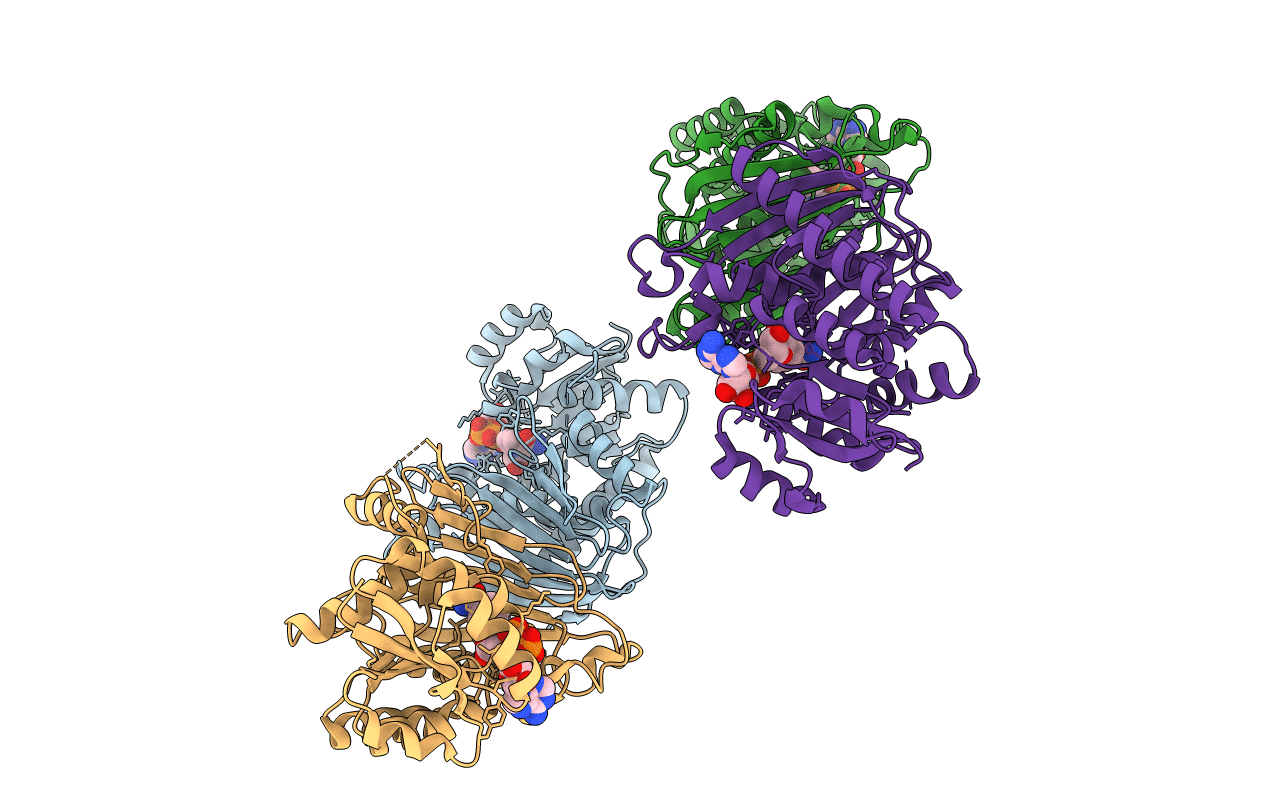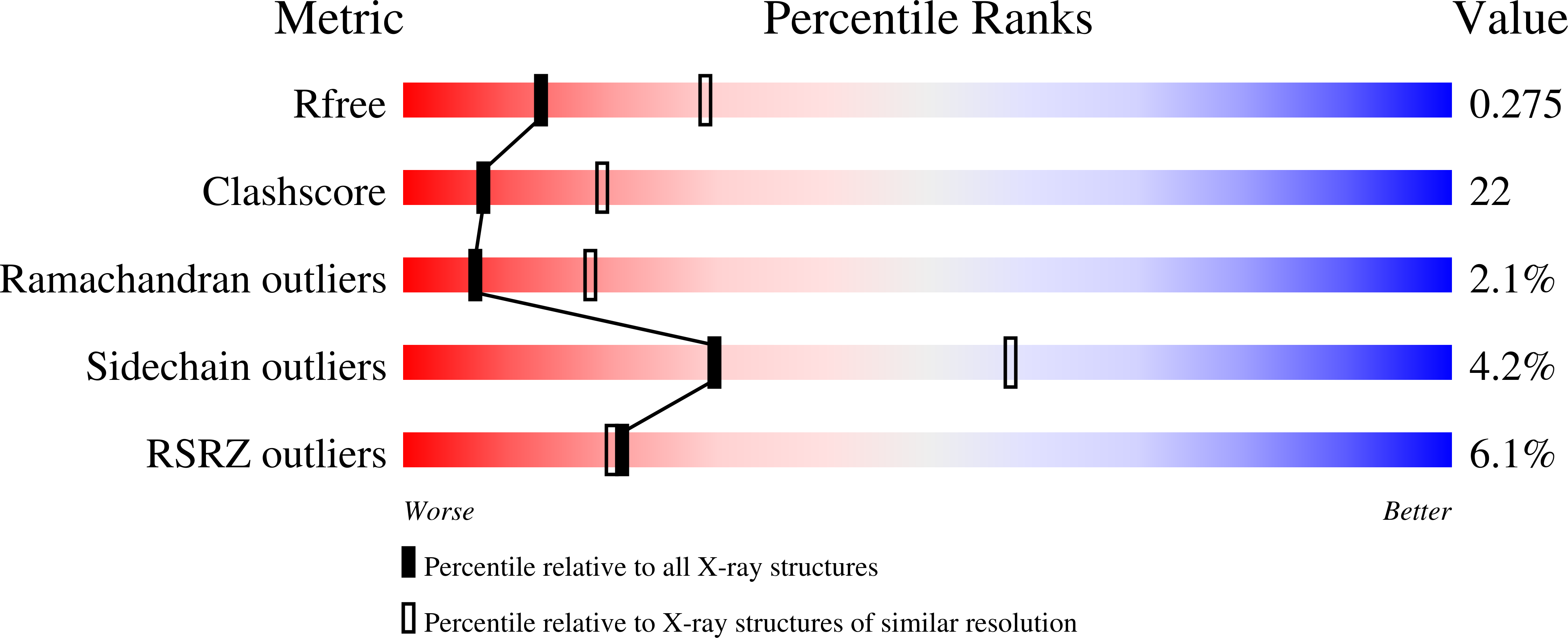
Deposition Date
2000-04-20
Release Date
2000-12-04
Last Version Date
2024-02-07
Entry Detail
PDB ID:
1EVJ
Keywords:
Title:
CRYSTAL STRUCTURE OF GLUCOSE-FRUCTOSE OXIDOREDUCTASE (GFOR) DELTA1-22 S64D
Biological Source:
Source Organism:
Zymomonas mobilis (Taxon ID: 542)
Host Organism:
Method Details:
Experimental Method:
Resolution:
2.70 Å
R-Value Free:
0.28
R-Value Work:
0.24
R-Value Observed:
0.24
Space Group:
P 1


